I discover Dresden, one of the most important cities of East Germany. When I think of Dresden, I used to first think of World War II, Cold War, Racism and Neo-Nazis. This is my first time seeing the city, even though nothing changes in my mind, one more thing will surely come: Architecture

Destroyed by heavy bombings during World War II in 1945, Dresden followed a stationary architecture course during the cold war years. In the region where the communist regime was dominant, a new era started with the fall of the Berlin Wall in 1989. And Dresden architecture regained its pre-war Baroque style. While walking the streets of the city, it is possible to see the magnificent touches of Baroque in almost every street. The city is like an open-air museum ...
One of the biggest and magnificent structures that impressed me was "Zwinger". It was an art center consisting of a series of buildings and gathering many works of Dresden together. It was a complex where many jewels were exhibited in the Porcelain Collection, Mathematics-Physics Hall and Old Masters Gallery. It received huge damage after the war, but was later rebuilt to its original form.
Zwinger has a huge garden and fountain in its courtyard and a green area where you can walk around for free, take photos and relax. Built in an area of orange groves in 1710, the building was completed in 1728.
There are halls connected with long arches, exhibition galleries and library halls in the building. Also, the opera house and theater hall are part of the complex. The sculptures of Zwinger which was designed by an architect named Pöppelmann, are signed by Balthasar Permoser.
I'm at the "Crown Gate" they call the Kronentor. This building, which connects the building from both regions, was rebuilt since it suffered great damage in the war. The crown is dedicated to the Polish royal family of that period. There are also seasons and Hercules statues on it.
"Glockenspiel" with bells made of porcelain is also worth seeing. It is interesting that it was hardly damaged in World War II.
The clock plays the tunes of Günter Schwarze today every hour, at certain intervals.
My Dresden articles and photos will continue ...
Volkan Cosgun











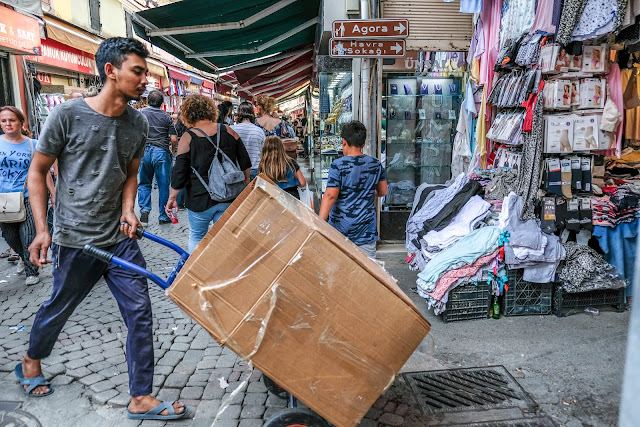
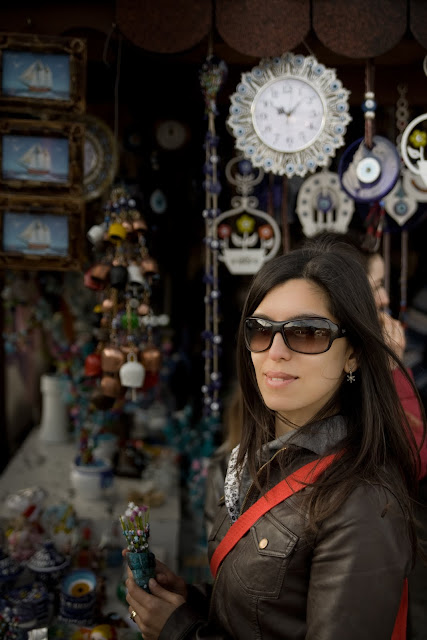




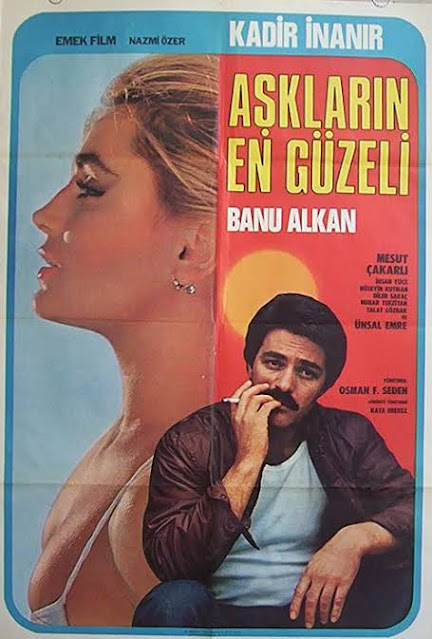
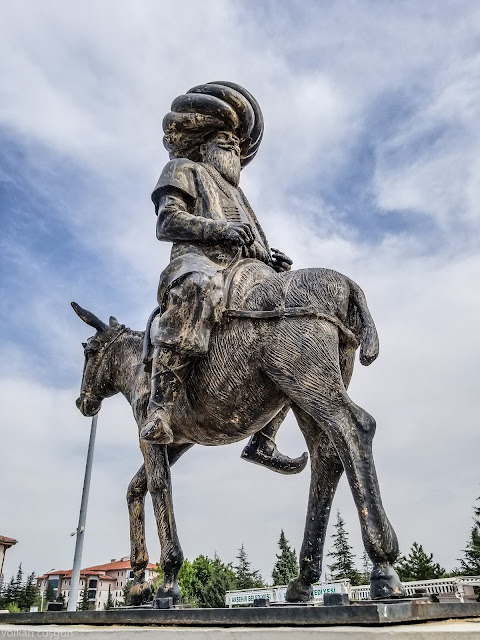
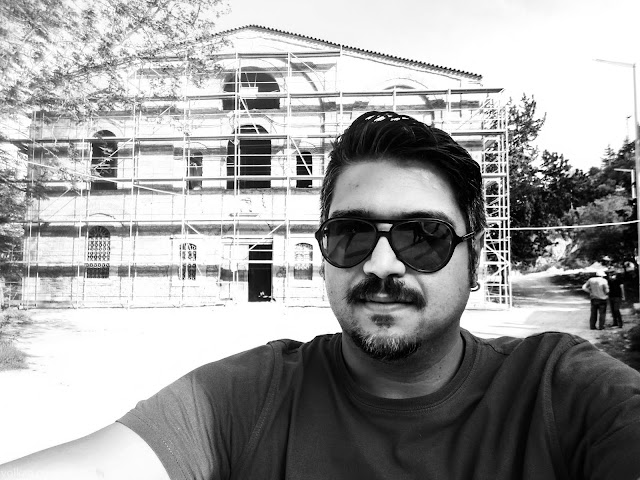









Yorumlar